Exploring the world requires mobility
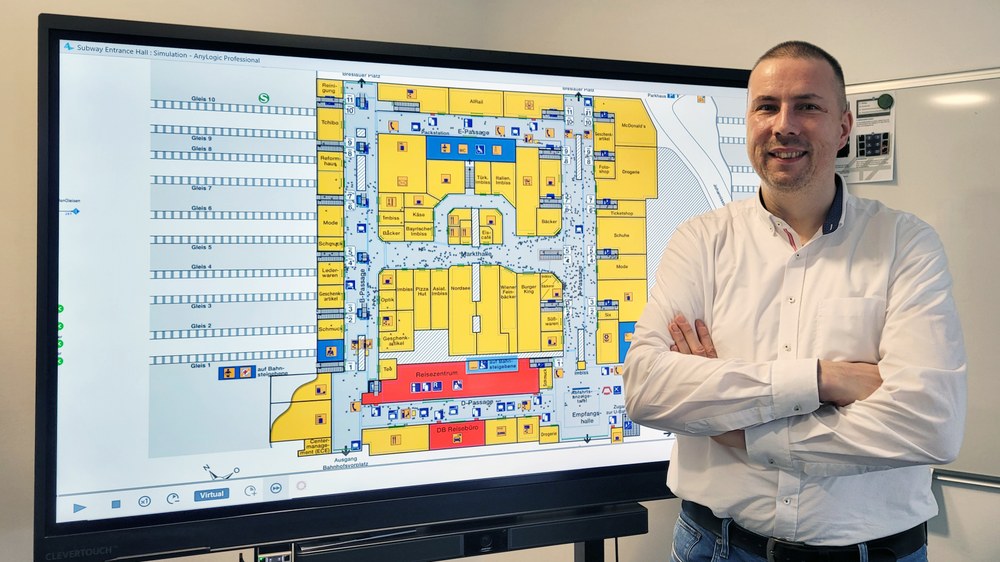
When it comes to travel, people are the primary source of disruption – for example travellers who linger on the platform long before their train arrives, eager to monitor the display and inadvertently get in the way of those arriving. Erik Grunewald isn’t passing judgement on train passengers when he makes this observation. He understands that this behaviour stems from scepticism, the fear of missing the train and mistrust of the display boards. As a researcher at the DLR Institute of Transportation Systems and head of the Information Management Group, he aims to generate innovative solutions for these transport hubs with his team, ensuring a seamless transition between different modes of transport. "For me, integrated thinking is important."
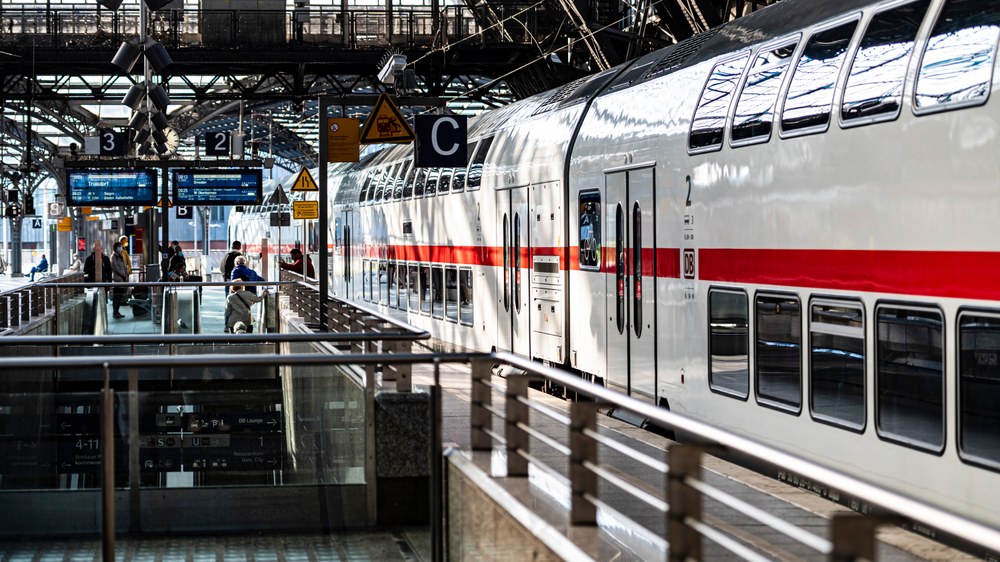
DLR
Grunewald initially studied aerospace engineering and later joined the DLR Institute of Air Transport and Airport Research. He is currently involved in research at the Institute of Transportation Systems, contributing to projects such as VMO4Orte (Networked Mobility for Liveable Places). His research spans various aspects, including local public transport, ship harbours and their operational processes.
"I've always been fascinated by anything that moves, whether it drives, flies or floats. Only those who are mobile can explore the world,” he says. Unfortunately, most transport systems are built in such a way that they exist in parallel. For example, when you're in a car, the complexity of switching to another mode of transport makes it more convenient to complete the journey by car. Currently, passengers are often left to navigate their own connections between trains and buses. In addition, the broader perspective on mobility tends to focus primarily on its negative consequences. Grunewald refers to this as a 'chorus of lamentation' that many people join in.
Modes of transport, opportunities and nodes
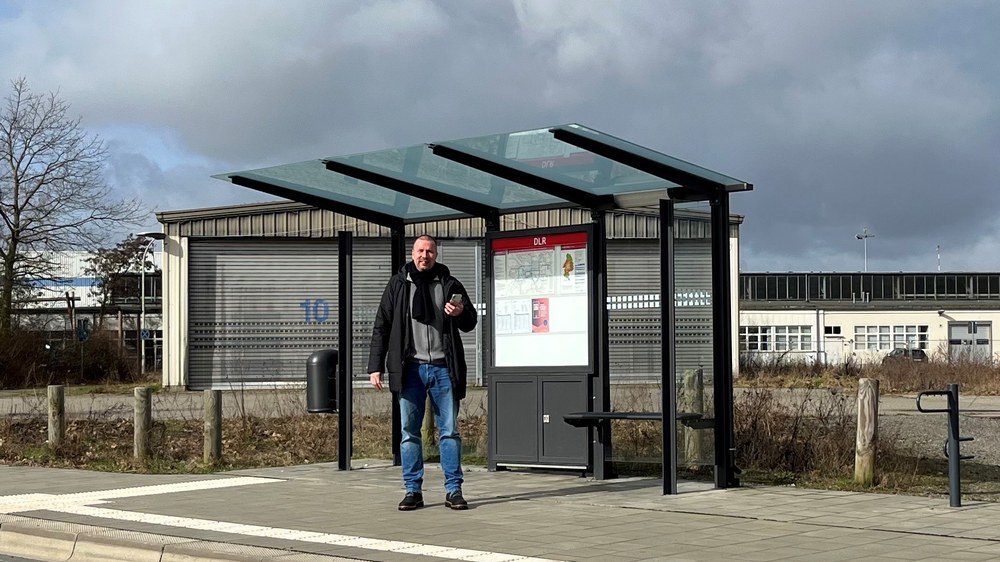
When the 48-year-old is on the road, it’s never just a personal journey; rather he sees a landscape of various modes of transport, potential areas for improvement and transport hubs. This transport researcher commutes to work by car. "It is the most convenient and fastest option given the infrastructure in Braunschweig." In his previous residence in Berlin, he opted for the tram. Grunewald isn’t rigidly devoted to trains and bicycles if the situation calls for a car as the superior mode of transport. He acknowledges the need for new infrastructures that create more space for cyclists on the roads. However, his preference lies in a seamless connection where everyone is part of a unified mobility chain.

DLR
With his interdisciplinary team of engineers, computer scientists and psychologists, he is dedicated to addressing the challenges associated with transitioning between different modes of transport. Some of the technologies are already in the process of being patented. For example, there is an app in development that dynamically offers passengers boarding the train an alternative seat – depending on which carriage they board. This would eliminate the need to traverse multiple carriages to reach their assigned seat, resulting in a more efficient process. Erik Grunewald's team also proposes a potential solution for travellers who impede transfer processes, causing delays. Passengers could use a digital data track to notify the transport hub of their presence as soon as they reach the station. This information could then be personalised and reliably transmitted to the respective passenger. Instead of constantly monitoring display boards, passengers could confidently use amenities such as catering or shops.
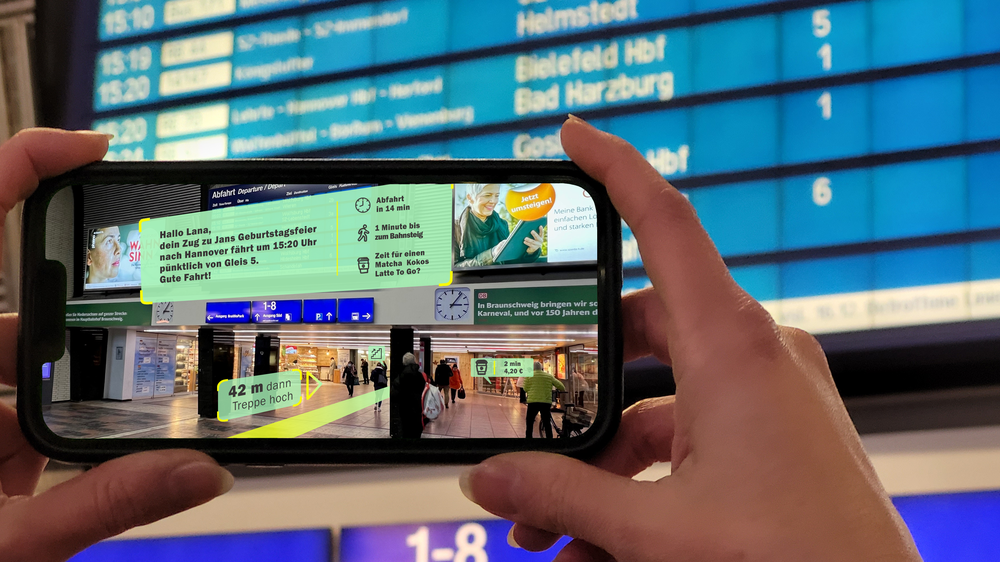
DLR
An app could aid in selectively filtering out essential information from display boards. When a traveller holds their mobile phone in front of the display, only the pertinent information relevant to them would be visible. Grunewald intends to showcase this innovation at a trade fair this year. "At the moment, passengers often find themselves chasing after trains, but with a digital data track, if the transport hub knows the passenger’s location, proactive information and helpful tips can be offered. We are currently exploring the feasibility and practicality of such a shift in communication perspective."
Studying the hustle and bustle
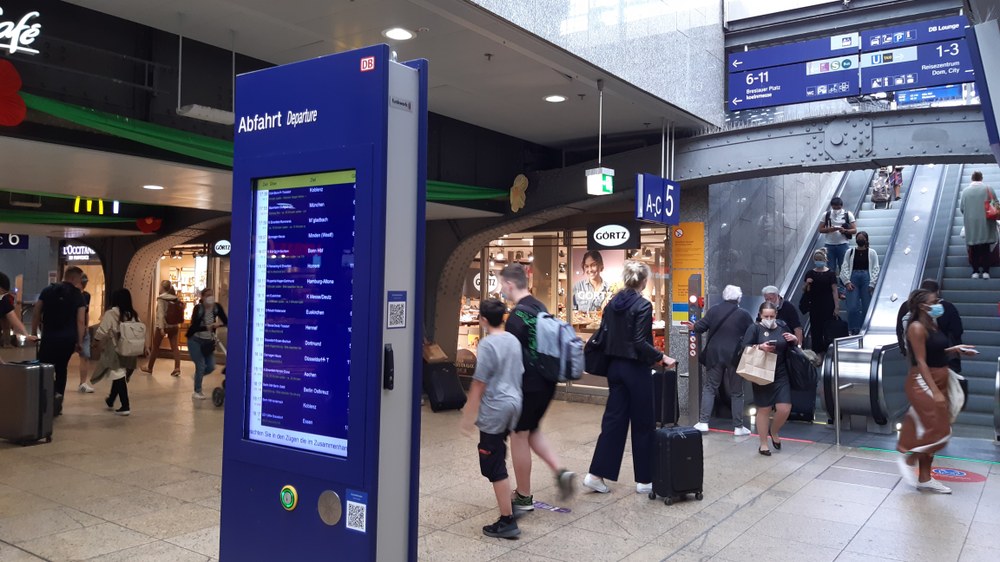
This is still accomplished through the use of digital twins, which are simulated representations of reality. Take Cologne Central Station, for example. Grunewald can simulate it on his computer, analysing the interactions of travellers with the infrastructure. He notes that the station sees 300,000 travellers on an average weekday and, being an established structure, it features various amenities. "Shopping level, travel centre, lounge, restaurants – this hustle and bustle is the subject of our research." Real experiments involving human travellers in authentic settings will be conducted later. Ultimately, the aim is to satisfy and assist users, each with their unique experiences and needs. However, garnering enthusiasm for new concepts and persuading individuals to alter their established habits is often challenging. Yet, Erik Grunewald not only contributes his expertise but also draws from his understanding of human nature: "I worked in retail during my studies and that's where you learn life skills." He acknowledges that the solutions developed by his team may not see widespread use immediately: "Innovations gradually gain acceptance; research is crafting things for the next generations. We are working for the future, for the generations to come."
Tags:
